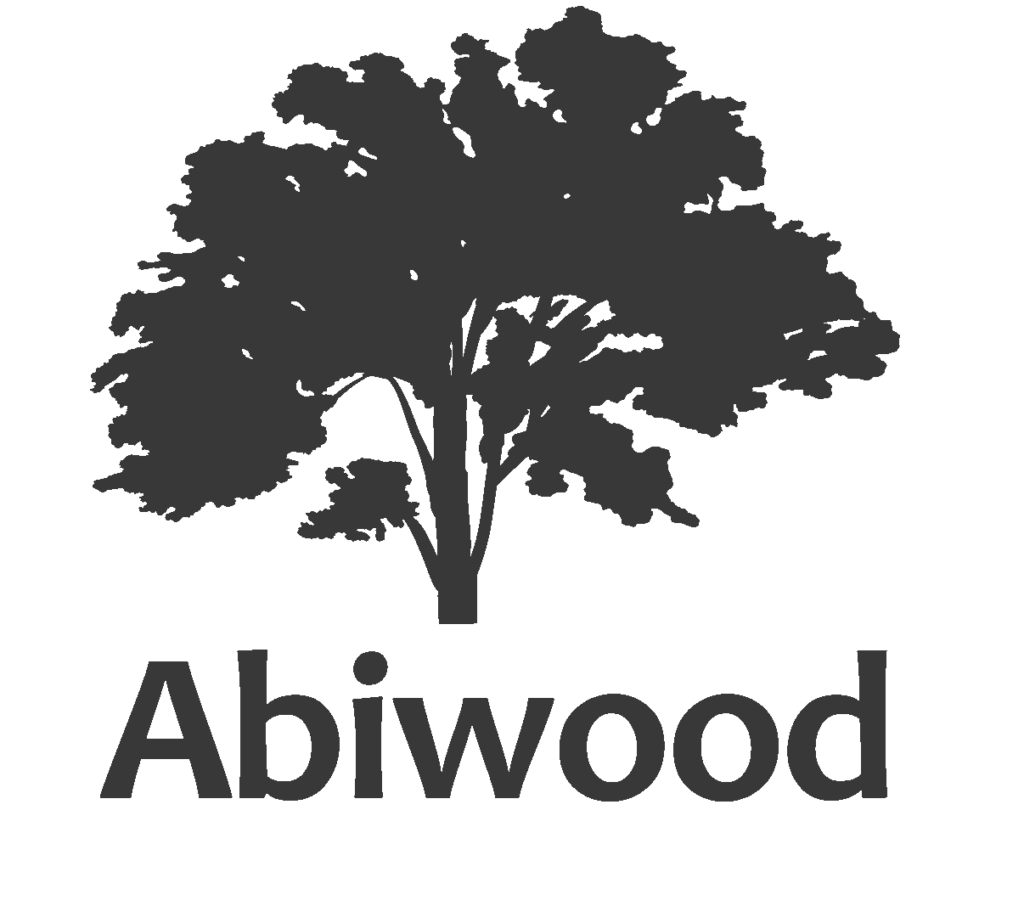EnviroDevelopment



SIMPLY BRILLIANT
Sustainable Practices
As Ballarat’s first development to receive the Urban Development Institute of Australia’s EnviroDevelopment accreditation, Pinnacle is all about promoting sustainable practices.
With environmentally sustainable practices incorporated into the civil construction and landscape elements of the estate, purchasers are encouraged to build on these environmentally friendly practices and implement sustainable living into their home design and lifestyle, rewarding both the environment and resident through reduced energy, waste and water usage.
The Pinnacle Design Guidelines mandate or encourage a number of measures to be implemented into your home design. Many of these requirements are standard under today’s building practices and/or are affordable options that will provide cost savings once living in your home.
To assist in providing for a sustainable home and for cost effective solutions, further information on sustainable design and lifestyle principles can be found at the following websites or under each of the leaves below:
- ‘GreenSmart’ section of the HIA website;
- ‘Passive design’ section of the Australian Government ‘Your Home’ website;
- The Australian Governments online ‘Energy Rating App’, which can assist your decision when purchasing energy efficient appliance.


Urban development results in hard structures and surfaces such as buildings and roads replacing open, vegetated spaces. These hard areas redirect stormwater to drains and waterways and absorb the suns heat more intensely. These changes can have a detrimental impact on established ecosystems if stormwater is not appropriately directed, which could also result in flooding, erosion and other environmental and economic damage. Similarly, the amenity of our homes is effected by heat absorption with increased summer cooling loads and costs. Heat stress is also felt by those occupying the urban environment including humans, animals and plants.
To assist in protecting ecosystems and reduce the urban heat island effect, the Pinnacle Design Guidelines seek:
Low reflectiveness roof materials and finishes
Dark materials absorb more heat, whilst lighter materials have reflective properties and therefore will not absorb as much heat. As such, dark-coloured materials should be minimised where exposed to the sun. Care must however be taken to ensure that only low reflective materials are used so as glare from light bouncing off the material does not cause nuisance.
One example of appropriate steel materials can be found at the BlueScope Steel website.
A reduction of hard stand areas
This can be achieved by limiting the site coverage of buildings on the land and maximising porous ground surfaces on the land that absorbs surface water run-off. Porous surfaces includes garden beds, grassed areas and can include porous paving that is laid on a porous base (i.e. crushed rock and sand). Given spaces are provided between decking boards, deck areas also allow for some ground water seepage (Also see ‘Landscaping’ requirements under the Water element)

Reducing the amount of waste being sent to landfill and facilitating recycling is encouraged at Pinnacle, resulting in a reduction of greenhouse gas emissions and providing for cost savings.
Recycling
The City of Ballarat undertake a separate collection of recyclable materials, with each household provided with 240 litre recycling bins. Households are encouraged to utilise this service.
Green Waste
The City of Ballarat are now offering a green garden waste kerbside collection, with green waste also able to be taken to the City of Ballarat Transfer Station at Gilles Street South.
Composting
Compost facilities can be used to recycle a balanced mix of green material (fruit and vegetable scraps, lawn clippings, etc.) and brown material (leaves, twigs, etc.). The compost material can then be used as a fertiliser in your garden to improve the quality of soil through the release of rich nutrients, reducing the cost spent on artificial fertilisers. The Clean Up Australia website provides further information on composting and its benefits.
The use of composting facilities is therefore encouraged. On-site compost facilities can be provided in the back yard area and do not take up a lot of space, with one cubic metre generally sufficient to cater for the bin. A range of bin types are available, with examples of such available on the Bunnings website. Other local gardening suppliers will also have suitable composting options available.
Compost facilities must be located where they will not be visible from outside the site.
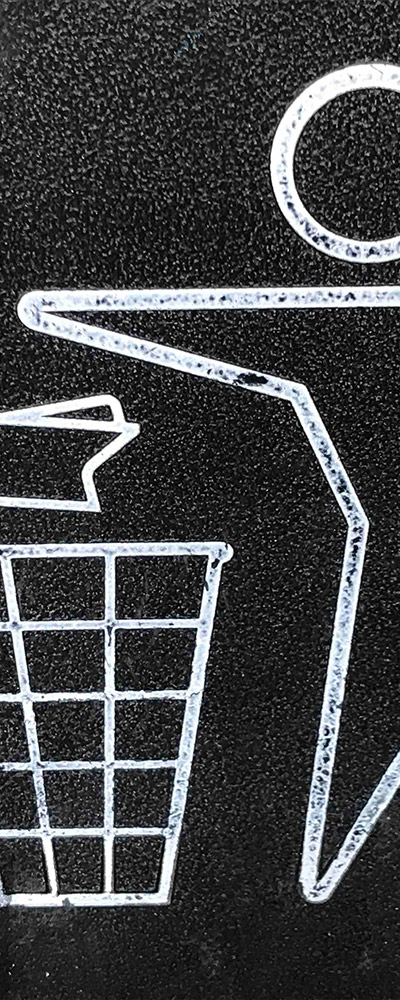
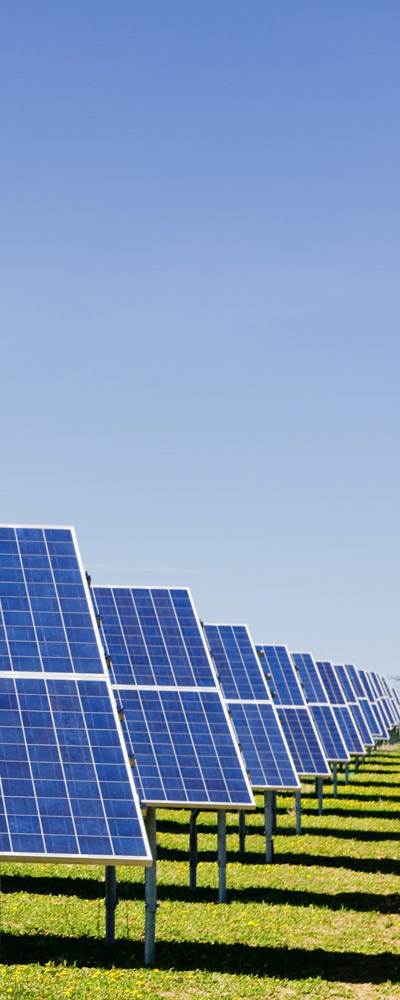

Designing energy efficient homes will not only have positive impacts on the environment, though they will reduce your energy costs saving you money on gas and electricity bills.
To assist in reducing energy consumption, the Pinnacle Design Guidelines require:
6 Star NatHERS
The governments NatHERS or Nationwide House Energy Rating Scheme is an Australian star rating system that rates the energy efficiency of a home, with further information available at:
At Pinnacle, at least a 6 star NatHERS rating is to be achieved, with a higher rating (i.e. 7.5 Stars) encouraged to further reduce energy costs. The 6 Stars is a standard requirement for home building in Victoria, with more information provided by the Victorian Building Authority.
Your draftsman/builder/architect will be able to advise what measures can be incorporated into your home to achieve this rating or higher, though well-thought through siting of your home will assist in achieving this rating without the need for additional costs. It is suggested that you choose a home that’s right for your block (or vice-versa), with the principles below considered:
- Providing north-facing private open space where possible, accessible from a main living area.
- Locating living areas to the north of the dwelling.
- The role that effective and appropriate shading can play in the design, both from the built form (i.e. eaves) and landscaping (i.e. trees).
- Placing windows and doors to allow for cross (horizontal) and stack (vertical) ventilation through the interior of the dwelling.
- Increasing setbacks from side boundaries to promote an open landscape and reduce off-site amenity impacts, such as overshadowing and overlooking.
Provision for solar power
Whilst the use of solar power is not mandated at Pinnacle, the provision for such to be installed is required, allowing for this to be added to the home in the future if not initially installed.
Solar power creates renewable electricity that can be used to provide power to your home, thereby reducing your energy bills, with the Victorian Government encouraging the use of this renewable energy source.
Solar panels are typically located on the roof at the same pitch of your roof and should be located towards the rear of your dwelling to minimise visual impact; however they will need good exposure to sunlight. The sunlight is converted into direct current electrical energy by the solar panels, with an invertor unit converting that energy into alternating current for your homes electrical circuits. If the energy produced through the solar panels are in excess to your home’s needs, this energy can be fed back into the electricity grid for further savings. Contact your local energy supplier for more information on installing solar panels, with general information also available from Choice.
Use of compact fluorescent lamps or LED’s
The Pinnacle Design Guidelines encourage the use of compact fluorescent lamps or LED’s to reduce energy consumption. These should be used in downlights, pendants and wall mounted fittings and for external lighting. Connecting external lighting to sensors or timers is also encouraged to reduce energy costs.
Installation of Smart Meters
Smart meters are now the standard electricity meter in Victoria, with these meters enabling you to better understand and manage your electricity usage.
A reduction in greenhouse gas emissions
Household appliances and heating and cooling systems generate a high amount of greenhouse gases. The use of appliances that emit lower amounts of greenhouse gases can not only assist in improving the quality of the environment, though can also reduce the cost of your energy bills. More information on household greenhouse gas emissions, including a ‘Greenhouse Calculator’ can be found on the Environmental Protection Authorities website.
The Pinnacle Design Guidelines mandate:
- Water heating must be through the use of gas hot water, heat pump or solar hot water (gas or electric boosted). There are a number of options available for water heaters, though your water heater of choice should be sized to meet the requirements of your household.
- Appliances that produce less greenhouse gas emissions be used. Suggestions of such appliances include:
- dishwashers with an energy consumption of <245kWh per annum. A number of dishwashers in the market will not only consume less energy, though will also use less water saving on operating costs. Choose one that has high ratings for both to optimise your savings.
- air conditioning systems with COP (Co-efficients of Performance) of >3.20 and EER (Energy Efficiency Ratio) of >3.00. There are a range of air conditioners available in the market with COP and EER ratings exceeding these requirements. Examples of such products are available from Daikin, Braemar and Brivis
It is encouraged that you speak to your local retailer to find out what other products are suitable to meet these requirements. Don’t forget to use the Australian Governments online ‘Energy Rating App’.

The materials we use in our home can aid in improving its energy efficiency and can also have less impact on our health and the environment.
The use of low emission paints, sealants and adhesives on internal and external surfaces and the use of low emission floor coverings should be used in the home. Low emission products have low or zero volatile organic compounds (VOCs) vaporising into the air, and often emit less odours and offer faster drying times, with numerous products on the market.
For more information on low emission materials the following websites can assist:
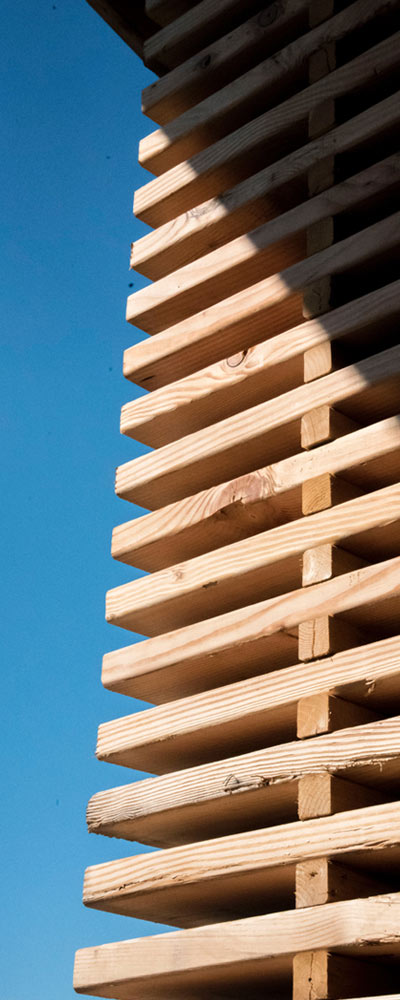
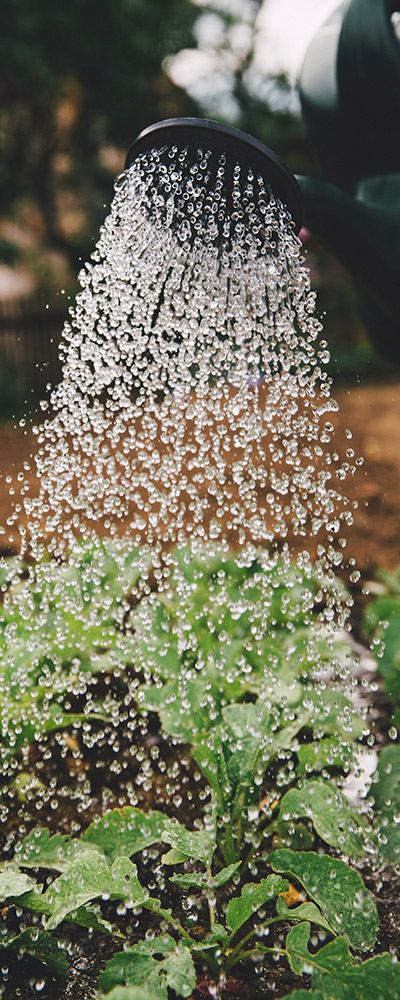

Water is used in the home daily, be it for preparing food, washing, bathing or watering the plants and is essential for human existence. Reducing water in the home will not only reduce the impact of the growing water shortage on the environment, but it will also reduce water and energy bills.
Water consumption in the home can be reduced by using water fittings and appliances that use less water to operate, collecting rainwater for its use in the home and in minimising the use of water in the garden through utilising appropriate drought tolerant sensitive plants, organic or mineral mulches and drip irrigation systems.
The Pinnacle Design Guidelines require:
Use of water efficient fixtures and appliances
- Water efficient fixtures and appliances must be used, including:
- showerheads and taps to bathrooms, laundries and kitchens that use less than 6 litres of water per minute.
- dishwashers that use less than 14 litres of water per use.
Toilets and washing machines with higher WELS water efficiency ratings should also be used to reduce your water usage in the home. The higher the star rating, the more efficient the fixture/appliance.
Further information on the WELS rating and efficiency of products can be found at:
- The Australian Governments ‘Water Rating’ website
- The ‘Dishwasher energy and water efficiency’ page of the Choice website
- Sustainability Victoria’s ‘Households – Energy Efficiency’ page.
Examples of suitable fixtures and appliances can be found at your local hardware and plumbing stores and online, including (but not limited to):
- Reece
- Bunnings
- Highgrove Bathrooms – shower outlets, tapware
- Appliances Online – dishwashers, washing machines
Many more options are available and you are encouraged to discuss these with your builder and/or local hardware/plumbing supplier.
Rainwater Tanks
All homes are encouraged to make space for the provision of rainwater tanks that can be plumbed to the dwelling for toilet flushing and garden irrigation. Any rainwater tank should be of a suitable, non-reflective, muted colour that blends into the home design.
Rainwater tanks don’t need to be large to perform a role in reducing water usage. Rainwater tanks are now designed to be accommodated on smaller parcels of land, underground, under floors (where pier and beam construction is provided) and have been integrated in some cases into the overall design of buildings. Rainwater tanks can reduce your dependence on potable water supply, thereby reducing your water bills, with the Australian Government ‘Your Home’ website providing more information on their benefits. For more information on some of the rainwater tanks options available see:
Landscaping
- At least 70% of the plant species used within the garden must be drought tolerant, with the use of drought tolerant plantings and grasses across the extent of the garden encouraged to limit water usage. Locally indigenous plant species are encouraged.
- A small to medium canopy tree is to be provided where it can be appropriately located to enhance the streetscape.
- 75mm of mulch should be applied around planted areas and maintained.
- Concrete surfacing to the front of dwellings will not be accepted unless to provide for a driveway or pedestrian path from the footpath to the front entry of the dwelling. Where possible, the use of separate pedestrian paths should be avoided to increase soft landscaping opportunities. It is encouraged that at least 20% of each lot comprise of a permeable landscape treatment.
WATCH THIS SPACE for an update on information for planting solutions for your home.
In the meantime, local nurseries will be able to point you in the direction of indigenous and drought tolerant plantings that will reduce the need for watering your garden, with many mulch options also available.
More information on Water
The importance of reducing the use of this commodity can be found at the Australian Government’s ‘Your Home’ website, with Central Highlands Water (CHW), Ballarat’s water authority, having permanent water saving rules. CHW also encourage water saving, with further suggestions online.

At Pinnacle we are driven to build a strong and vibrant community. This means we undertake regular community consultation, community outreach activities and are working towards building true community governance.
Aspects such as transport, local facilities, safety and environmental quality require community consideration as we work towards building a community that is also cohesive, healthy, happy, adaptable, prosperous and sustainable.
We are keen to engender community spirit and build a better sense of place for our residents. As part of this we are helping provide safe, accessible, comfortable housing and facilities to enhance community interaction.
Further, we encourage use of public transport or walking and cycling, the maintenance and enhancement of community assets and provision of accessible facilities.
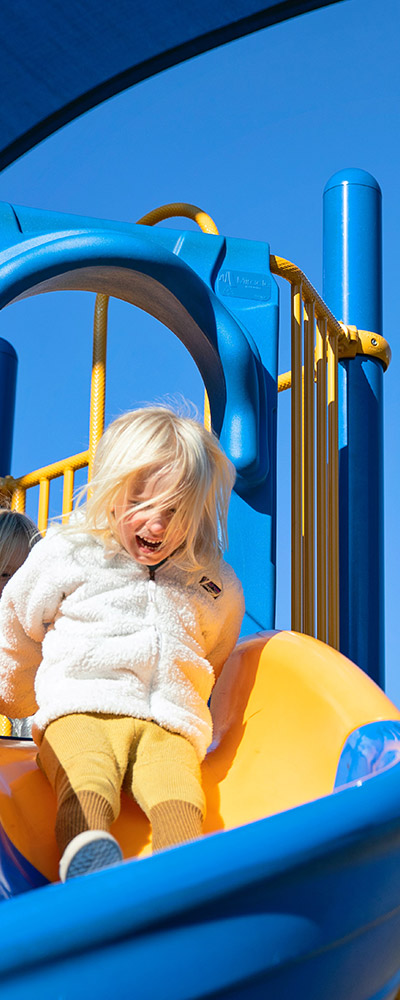
Disclaimer: This information has been provided in good faith and is for information purposes only. However, no representation or warranty, expressed or implied, is made to the relevance, accuracy, completeness or fitness for purpose of this information in respect of any particular user’s circumstances. Users of this information should satisfy themselves concerning its application, and where necessary, seek expert advice about their situation. Abiwood Creekside Pty Ltd expressly disclaim all and any liability to any person, in respect of anything and the consequences of anything done or omitted to be done by any person in reliance, whether in whole or in part, upon the whole of any part of the contents of this information.


